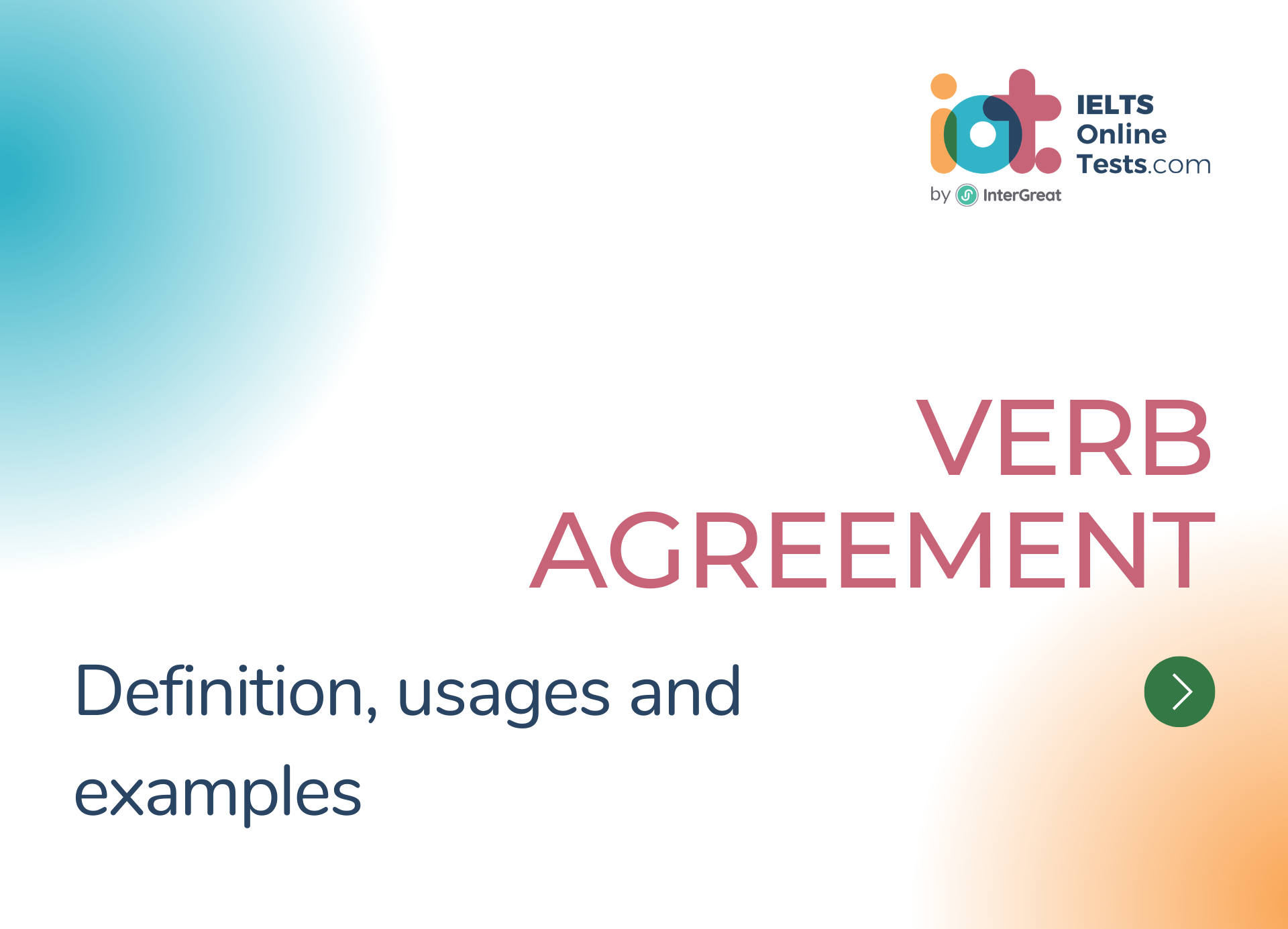
Verb agreement definition and examples
Verb agreement, also known as subject-verb agreement, is the grammatical concept that ensures that the verb in a sentence agrees in number and person with its subject. When the subject of a sentence is singular, the verb must be in the singular form. When the subject is plural, the verb must be in the plural form.
Here's a detailed explanation of verb agreement:
Singular Subject and Singular Verb:
- When the subject of a sentence is singular (referring to one person, thing, or entity), the verb must also be in the singular form.
- Example:
- "She walks to school every day." (The singular subject "she" agrees with the singular verb "walks.")
Plural Subject and Plural Verb:
- When the subject of a sentence is plural (referring to more than one person, thing, or entity), the verb must be in the plural form.
- Example:
- "They walk to school every day." (The plural subject "they" agrees with the plural verb "walk.")
Examples of Subject-Verb Agreement:
- Singular subject with singular verb:
- "The dog barks at strangers."
- "He eats breakfast every morning."
- Plural subject with plural verb:
- "The dogs bark at strangers."
- "They eat breakfast every morning."
- Singular subject with singular verb:
Exceptions and Special Cases:
- In the third-person singular present tense, the verb form usually takes an "-s" or "-es" ending (e.g., "he runs," "she watches"). However, some verbs are irregular and do not follow this pattern (e.g., "he has," "she goes").
- In certain situations, collective nouns (e.g., team, family) can be treated as either singular or plural, depending on the context and intended meaning.
- Indefinite pronouns (e.g., everyone, somebody) are usually treated as singular, even though they may refer to multiple individuals.
Proper subject-verb agreement ensures grammatical correctness and clarity in writing and speaking. It helps to maintain the logical connection between the subject and the verb, making sentences more coherent and understandable.




